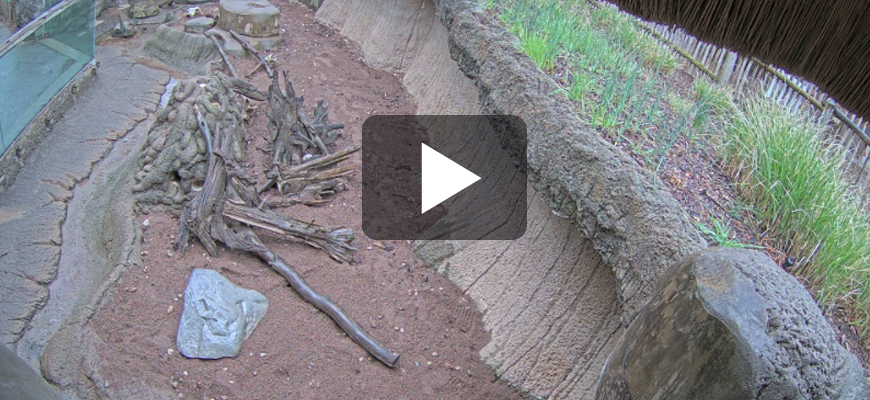Welcome to the Louisville Zoo’s Glacier Run Live Cam, made possible by the Irvin F. and Alice S. Etscorn Foundation.
Watch our seals and sea lions splash, jump, zoom, and bask in and out of the water. Be sure to log on at 10:30 a.m., 2 p.m., or 3:45 p.m. to watch a training demonstration with our pinnipeds and their keepers. One fun fact is that the word pinniped means ‘fin’- ‘footed’. On this page, you can also learn more about all the animals that call Glacier Run home and download supporting materials and activities.
GLACIER RUN WEBCAM |
| Watch our seals and sea lions splash, jump, zoom and bask in and out of the water. Be sure to log on at 10:30 a.m., 2 p.m., or 3:45 p.m. to watch a training demonstration with our pinnipeds and their keepers. Animal demonstrations are subject to change based on weather, maintenance and the needs of the animals. Please note that you may see balls and other enrichment used by our seals and sea lions. Enrichment encourages natural behaviors and helps increase physical activity. It also engages the animals in problem-solving and enhances their environment in a variety of ways. |
GLACIER RUN FAQ |
| What is the difference between seals and sea lions? Seals
Sea Lions
What are their names, and kind are they? Can they be all together? How long do they live? What do they eat and how much? How long can they hold their breath? Where can they be found in the remnant wild? Why do they do training? How much water can the pool hold? How deep is it? Is it saltwater? What’s the temperature? Do they have pools inside? |
ETSCORN FOUNDATION |
| Thank you to the Irvin F. and Alice S. Etscorn Foundation for their generous support of the Louisville Zoo’s live streaming opportunities. |
SEE THEM LIVE AND IN PERSON! |
| Get a Zoo membership — the most flexible, convenient way to visit all the animals at your Louisville Zoo. Join us for camp — learn about science and wildlife in the perfect location with some of the city’s most talented educators. Visit the Zoo. — get your general admission tickets online so you can join us for an afternoon stroll with wildlife! |
More Webcams!
MEERKAT WEBCAM |
 |
Watch the mob explore their exhibit, discover and investigate enrichment items and interact with each other in a unique hierarchical system. On this page you can also learn more about our meerkats and download supporting materials and activities.Watch Now… |
